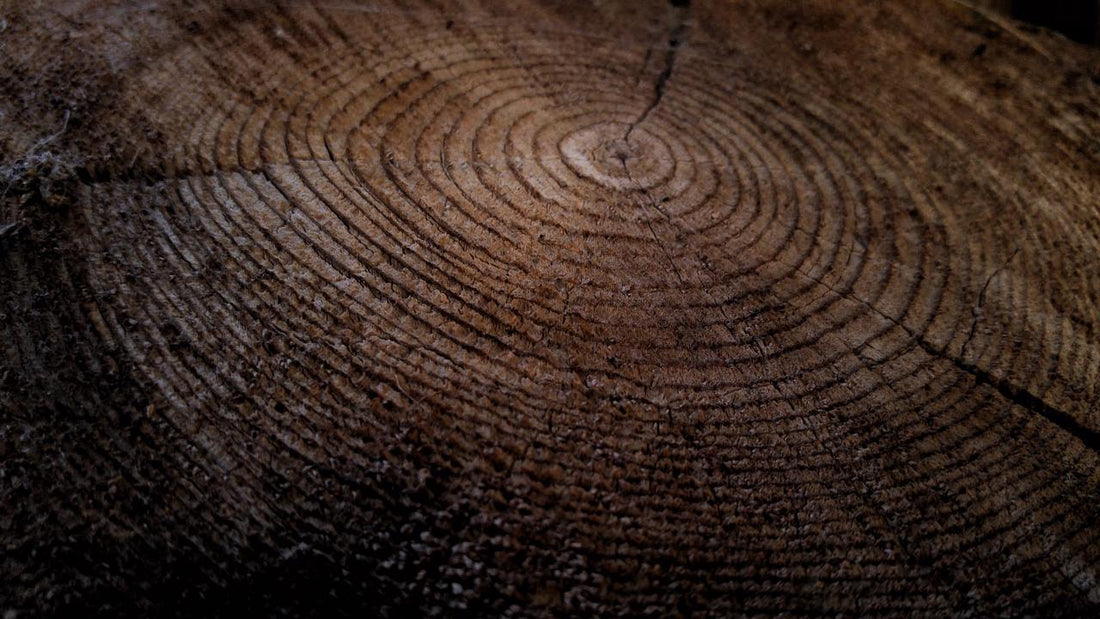
Sustainable Mango Wood: Everything You Need to Know
Mango wood is a sustainable material that has been used for many years in furniture. The popularity of this material has grown in recent years due to shift in the mindset of the modern-day consumer. In this blog post, we will discuss what makes mango wood so desirable in the life of a realist on the sustainability journey without a need to be perfect but still making sure that we reduce our environmental footprint by simply choosing better. But before going further, let's pause and recap why we need to think about sustainable materials? What is the problem that we are trying to solve?
Climate change is a complex issue that affects the entire planet. The effects of climate change are already being felt across the world, from rising sea levels to extreme weather patterns. Scientists predict that if we don't take immediate action, these effects will only get worse over time. Who can forget the horrendous 2019-20 fire season which wiped out 17 million hectares of bush?
We can all do something to help reduce our carbon footprint and slow down climate change. By making small changes in your daily routine you can save energy and money while also helping future generations live on a healthier planet with cleaner air and water.
Sustainable and natural raw materials play an important role in the effort to fight climate change. The production of goods with sustainable materials can have a positive impact on our environment and conserve natural resources for future generations.
One such material is mango wood, which comes from trees native to South Asia that grow abundantly across India, Pakistan, Sri Lanka and Indonesia. The tree is evergreen, often reaching 15–18 metres (50–60 feet) in height and attaining great age.
#1 - Contributes to the prevention of illegally harvested wood
We can argue that using a natural resource like mango wood may not be classified as sustainable but we need to look at this argument from a new perspective.
Our desire to use a beautiful natural building material that lends itself easily to different structures, designs and patterns led us to explore different types of wood like oak. Unfortunately, most of such timber available on the market has been illegally harvested. You can read more about this on our blog here.
Mango wood timber being a by-product of the farming industry can be used as a great alternative instead of cutting trees like oak which take about 30 to 40 years to mature. Mango wood is hardwood like oak and is just as sturdy and hardwearing. Moreover, it reaches maturity at about 15 years which is shorter than other hardwood trees. It has a distinct colour and grain pattern which makes each piece special. That sure makes a wise and viable trade-off!
#2 - Reuse to eliminate waste
Waste whether it is from our small actions like buying more than we need or from bigger actions taken by corporations or governments, adds no value and leaves society worst off. Waste thus should be avoided and reusing what we can is a great alternative to reduce waste since it can be done by all of us. This applies to the humongous Mango fruit farming industry as well.
India is one of the largest exports of fresh mangoes in the world. Its export has increased from 20,302 tonnes in 1987-88 to 46,789.60 tonnes in 2019-20. India grows almost 1,000 mango varieties though only 30 are used for commercial purposes. (Source for these facts can be accessed by clicking here)
This would clearly result in massive wastage when those mango trees stop producing fruits or are deemed 'not fit' for fruit cultivation. Mango wood has some very important properties that allow for re-purposing and reuse in several ways, thus creating less demand on resources or new trees grown for this purpose. It's durable while still being lightweight. This has led to its use in industries like furniture and home decor.
Thus, mango wood timber has an important role in this movement of reducing waste by rescuing good timber that otherwise would have been discarded.
In staying true to our belief that we have to look for opportunities to reduce waste, we don't discard mango wood that doesn't meet the public's cosmetic standards, and instead, we ensure that this versatile wood is used to create unique homewares sold in our shop.
#3 - Versatile properties
In addition to being versatile, mango wood also has some unique properties that set it apart from other hardwoods. Mango wood unlike many hardwoods is easy to work with. This makes it an excellent choice for ornate designs - it’s easy to shape, plane and sand while boasting great strength. From bowls and kitchen utensils to cutting boards, cheese platters and dish racks - there is a huge range of stylish products for you to choose from.
Furthermore, its hardness makes the material suitable for outdoor use. It is great for patios or decks where they will be exposed day-to-day to weathering elements like rain and sun exposure.
Another thing people love about this sustainable wood? The rich colour! The natural beauty of the wood makes it a favourite among home decorators.
Conclusion
An important lesson to note is that taking on the sustainable journey requires not just individuals, governments or businesses, but everyone, together. With good habits, thoughts and approaches we will continue to come with adaptations required to prevent climate damage in a better position as time fleets. This unified approach would ensure our better survival on the only planet that we have - our Mother Earth. The use of sustainable materials like mango wood, upcycled bone and recycled cloths etc. is one way to protect our future generations.
